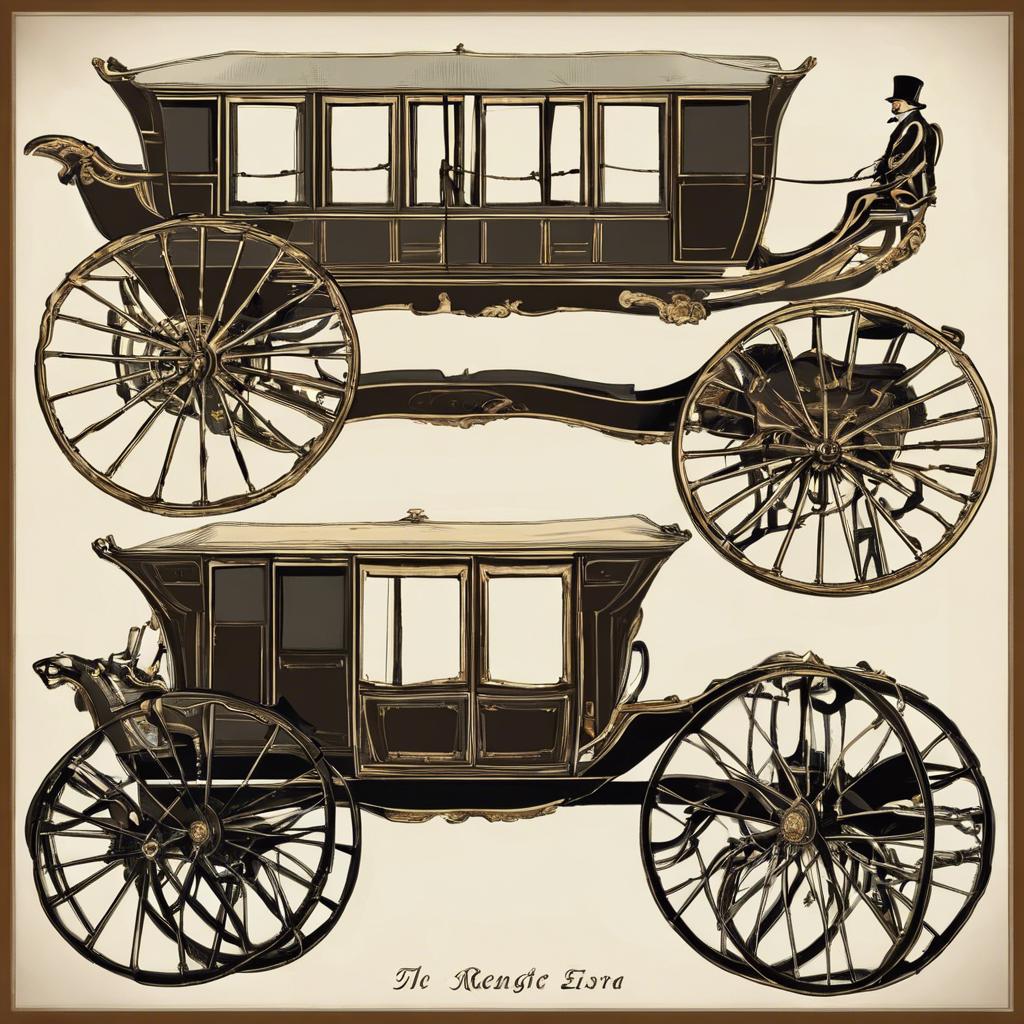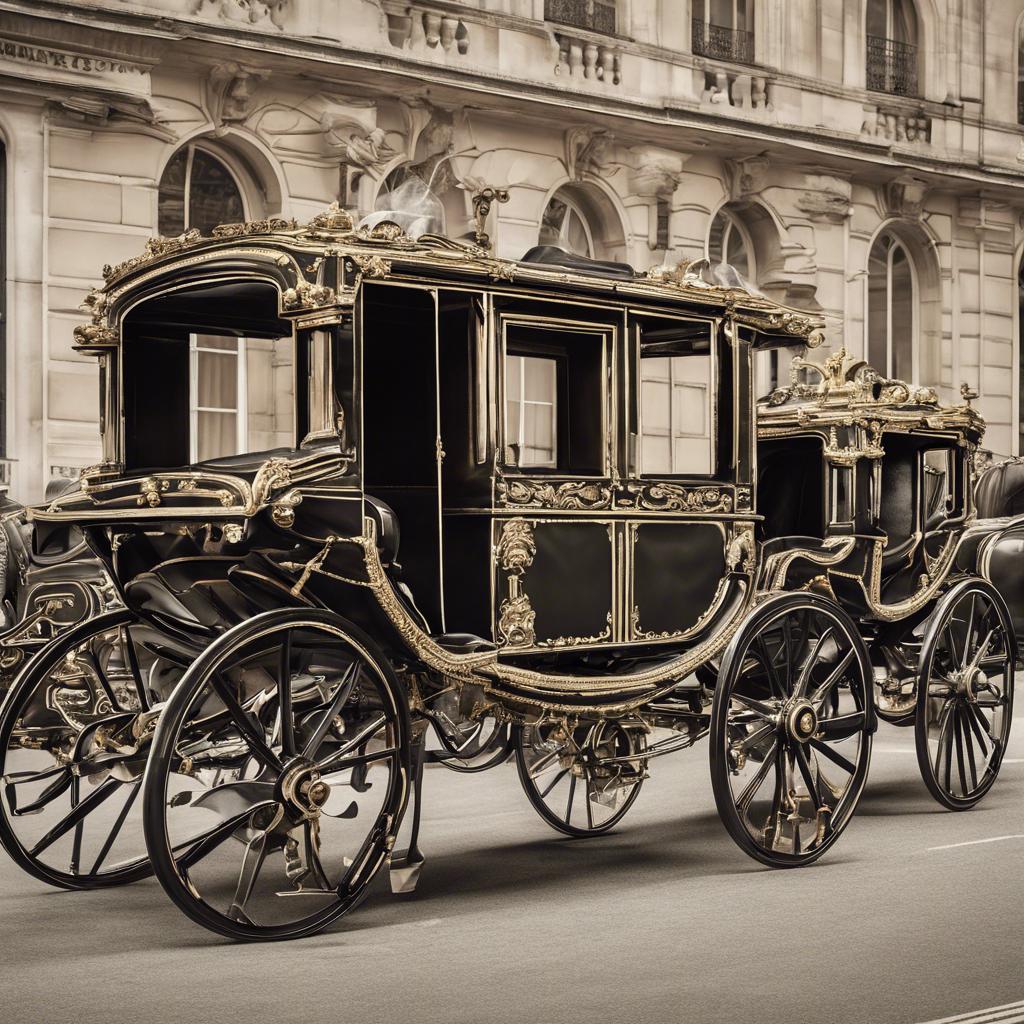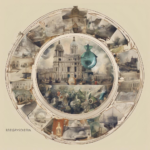During the Regency era in England, carriages became an essential mode of transportation for the upper class. These intricately designed vehicles were not only a symbol of status, but also a means of traveling in style and comfort. From the elegance of a barouche to the functionality of a curricle, Regency era carriages played a significant role in shaping the society of the time. In this article, we will explore the various types of carriages used during this period and delve into the craftsmanship and innovation that went into their creation. Join us as we journey back in time and uncover the fascinating world of Regency era carriages.
Step Into the World of Cheryl Bolen
Dive into the enchanting stories of love, intrigue, and elegance set in the Regency Era. Cheryl Bolen's novels offer timeless romance and captivating tales that will leave you wanting more.
Explore Cheryl Bolen's Books Now
Evolution of Carriages During the Regency Era
The carriages of the Regency Era underwent significant changes and developments, reflecting the societal trends and technological advancements of the time. As transportation became more essential for social gatherings and daily activities, carriages became not only a means of travel but also a symbol of status and wealth.
During this period, various types of carriages were popular among the elite class, each serving a specific purpose and reflecting the fashion and style of the era. Some of the most common carriages include:
- Barouche: A luxurious four-wheeled carriage with a collapsible hood, perfect for leisurely rides in the countryside.
- Phaeton: A lightweight, open carriage favored by younger gentlemen for its sporty and fashionable design.
- Landau: A high-end carriage with a folding top and ample seating, ideal for formal occasions and city outings.
- Regular Cleaning: Dust and debris can accumulate on the surfaces of carriages, leading to deterioration over time. It is essential to clean carriages regularly with a gentle brush and a damp cloth to prevent damage.
- Climate Control: Extreme temperatures and humidity can be detrimental to the wood and metal components of Regency era carriages. Consider storing carriages in a climate-controlled environment to maintain optimal conditions for preservation.
- Conservation: Consult with a professional conservator to assess the condition of the carriages and recommend appropriate conservation treatments. This will help prevent further deterioration and ensure the longevity of these historical artifacts.
- Supportive Mounts: Use custom-made mounts or support structures to display carriages securely and prevent stress on delicate components.
- Proper Lighting: Avoid direct sunlight and harsh lighting that can fade upholstery and damage painted surfaces. Opt for soft, diffused lighting to showcase the carriages effectively.
- Interactive Displays: Create interactive exhibits that allow visitors to learn about the history and craftsmanship of Regency era carriages. This engaging approach can enhance the visitor experience and promote appreciation for these historical artifacts.
With advancements in carriage design and construction, the Regency Era marked a significant shift towards more elegant and refined transportation options. Carriages were no longer just practical vehicles but also works of art, showcasing intricate detailing, luxurious upholstery, and stylish finishes that reflected the opulence and sophistication of the time.
Prominent Features of Regency Era Carriages
During the Regency era, carriages were an essential mode of transportation for the elite and upper class. These carriages were not only a means of travel but also a symbol of status and wealth. They were intricately designed and crafted, with attention to detail and luxury.
One of the most was their elegant and ornate exteriors. Carriages were often adorned with intricate carvings, gilded accents, and elaborate decorations. These ornamental details showcased the wealth and social standing of the carriage’s owner.
Another key feature of Regency era carriages was their comfortable interiors. Carriages were upholstered with luxurious fabrics such as velvet and silk, and adorned with plush cushions for added comfort. Some carriages even featured amenities such as built-in heaters and refreshment trays for long journeys.
Types of Regency Era Carriages and Their Uses
In the Regency era, carriages were an essential mode of transportation for the aristocracy and upper classes. These carriages varied in style and design, each serving a specific purpose and reflecting the social status of its owner.
Barouche: The barouche was a luxurious carriage with a convertible top, perfect for leisurely rides in the park or countryside. It was typically drawn by four horses and could accommodate up to four passengers.
Landau: The landau was a stylish carriage with a folding top that could be opened for visibility or closed for privacy. It was a popular choice for formal events and city outings, offering both elegance and comfort to its occupants.
Recommendations for Preserving and Displaying Regency Era Carriages
Preserving and displaying Regency era carriages requires careful attention to detail and proper maintenance. Here are some recommendations to ensure that these historical treasures remain in pristine condition:
Furthermore, when displaying Regency era carriages, it is crucial to consider the following:
Key Takeaways
the regency era carriages represent a significant aspect of transportation and social life during the early 19th century in England. From the elegant barouches to the practical phaetons, these horse-drawn vehicles were not only a mode of transportation, but also a symbol of status and wealth. The craftsmanship and detail put into each carriage reflected the values and aesthetics of the era. While these carriages may no longer be in use today, their historical significance and impact on society are undeniable. The regency era carriages continue to captivate and inspire us, reminding us of a bygone era of elegance and sophistication on the streets of Regency England.


